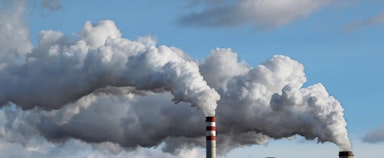When looking ahead to a more sustainable future and an effective fight against climate change, it is becoming increasingly clear that we must utilize all available tools to reduce greenhouse gas emissions. Carbon capture and storage enables the capture, transport, and permanent storage of CO2 emissions from industrial sources at scale, and will be crucial in achieving future policy goals for emission reductions.
Where are we today?
There is a growing interest from businesses seeking to receive and permanently store CO2, and the government has expressed a clear desire to offer storage areas to companies that provide solutions for commercial storage of CO2.
To date, the Department of Energy ("ED") has issued seven permits under the CO2 storage regulations on the Norwegian continental shelf. The first exploration permit was granted to the Norwegian Lights project in 2019. Furthermore, ED has granted six exploration permits, most recently to Sval Energi AS, Storegga Norge AS, and Neptune Energy Norge in August 2023. We expect further permits to be granted in 2024.
What does it take to succeed?
To succeed with carbon capture and storage in Norway, it is essential that the technology works and that costs are reduced, both on the capture and storage side.
In the short term, it is important to achieve a 'proof of concept', proving that this works well in practice, that the capture project can be operated safely and efficiently, and above all, that CO2 is stored safely and permanently.
In the long term, it will be important to ensure cost reductions so that carbon capture and storage can become a solution for the sectors it is relevant for, such as heavy industry.
OUR WORK
Thommessen's team in renewable energy and infrastructure has worked on CO2 storage projects since the early days of Project Longship and has expertise in all parts of the value chain. We assist clients with ongoing advisory services acrcoss multiple disciplines. Large-scale developent projects typically require specialist expertise in areas such as regulatory, contract, labour law, financing, competition law, tax and duties, and construction.
Please contact us if you would like to know more about how we work with carbon capture and storage, and the opportunities in this market.
